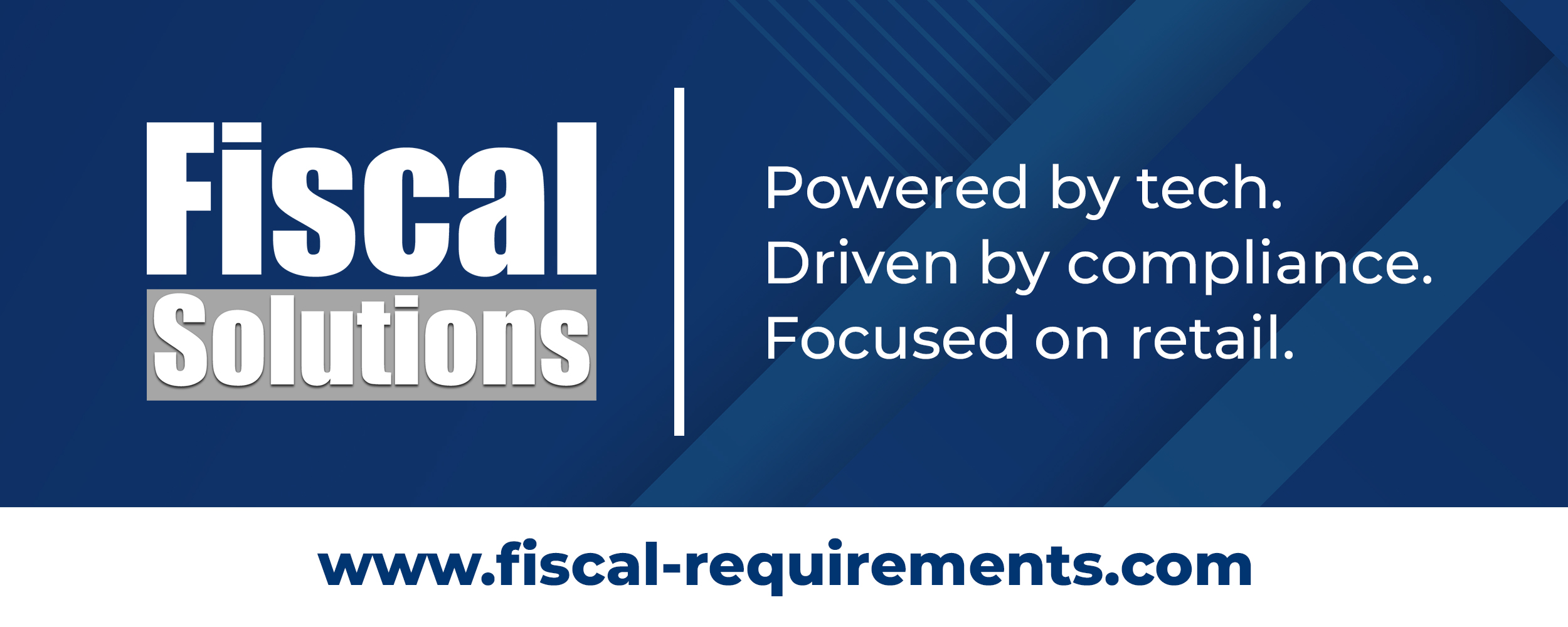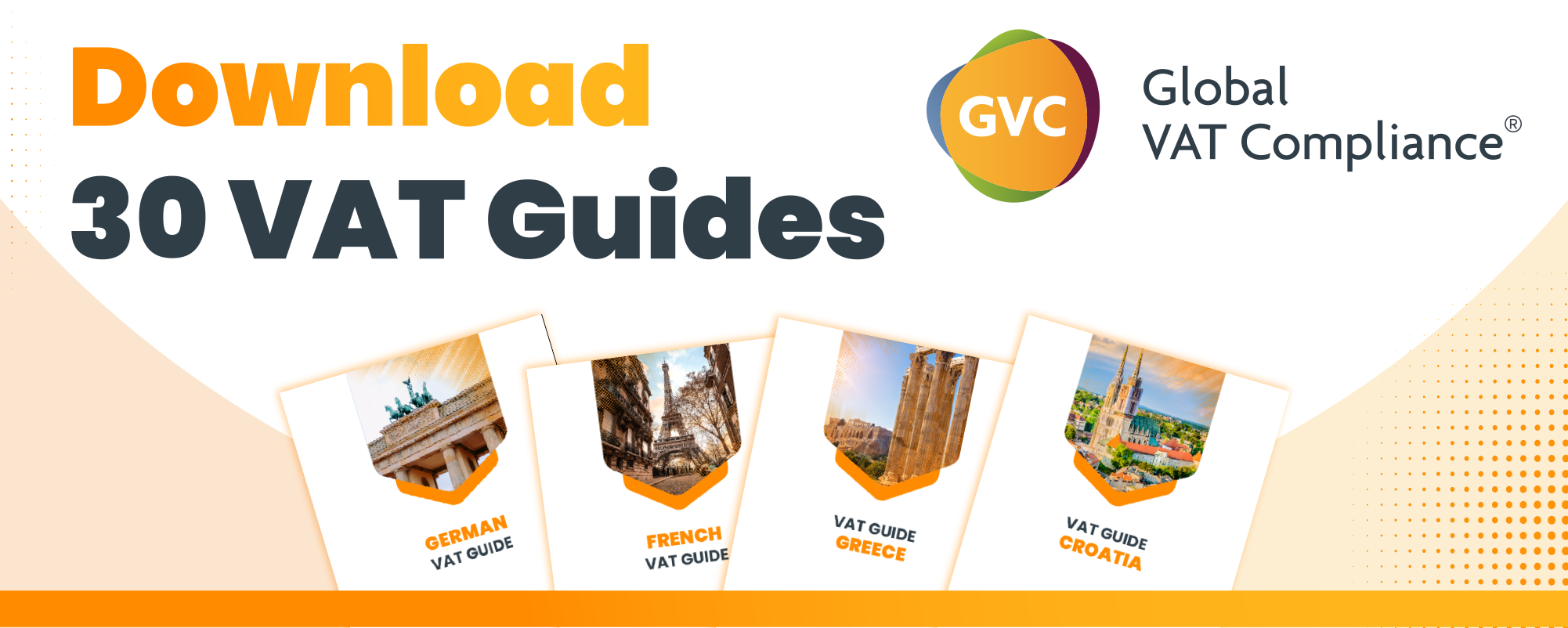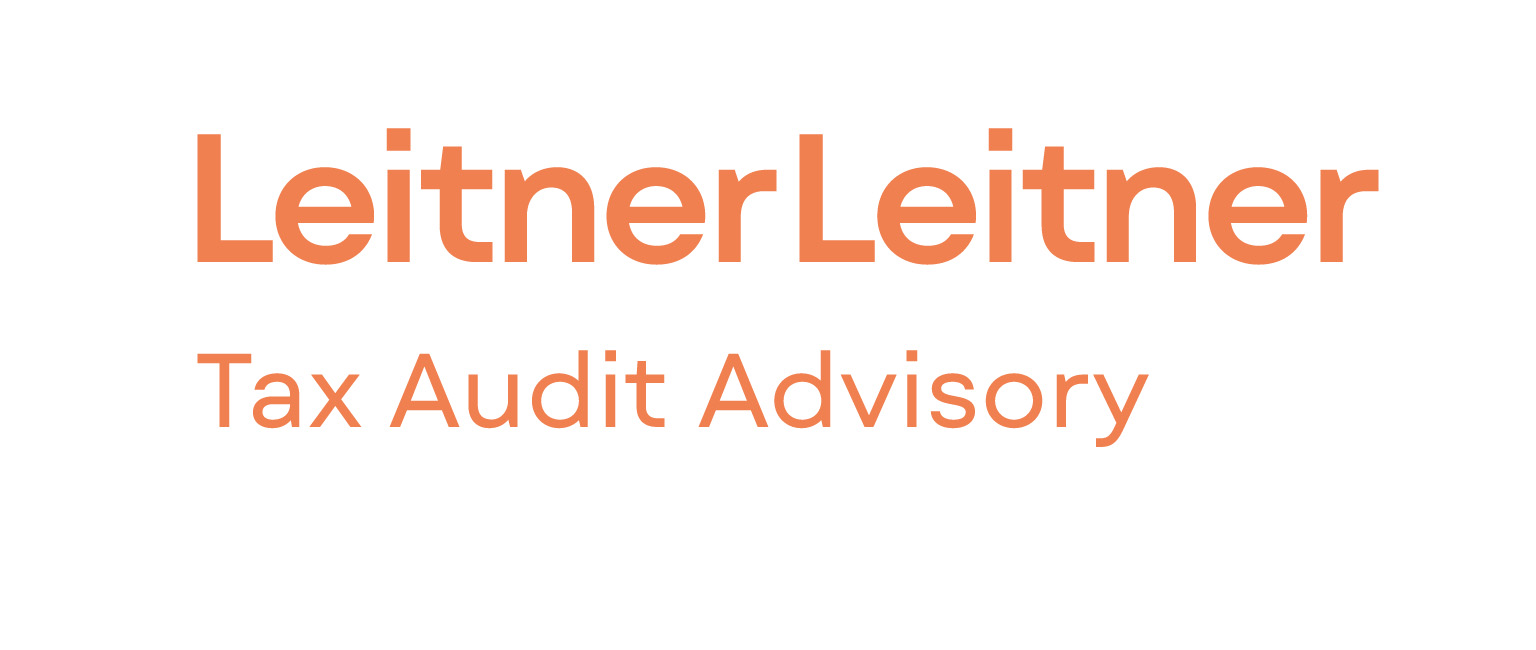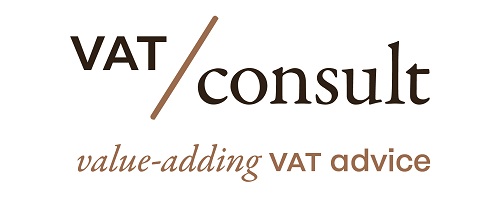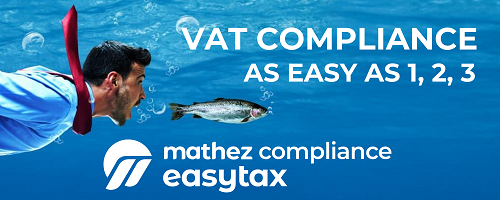On December 7, 2022, it is expected that the EU Commission will publish its proposals on ”VAT in the Digital Age”. This will include proposals on
- Digital Reporting Requirements (DRRs);
- The VAT Treatment of the Platform Economy; and
- The Single VAT Registration and Import One Stop Shop (IOSS).
In a countdown towards November 16, we will publish a number of interesting facts around ”Digital Reporting Requirements”
Conclusions on the current situation
The main conclusions from the assessment of the current situation can be summarised as follows:
- 1) Considering the EU Member States in which a DRR has been implemented, the net annual benefits to businesses and Member States can be estimated at about EUR 8 billion. These result from about EUR 5 billion of costs for taxpayers, about EUR 12 billion of additional VAT revenue and about EUR 1 billion of savings from simplifications for taxpayers.
- 2) For all types of DRRs, net impacts are positive. In a nutshell, the additional VAT revenue exceeds the costs for setting up the system and complying with the requirements. This is true even by not considering higher revenue effects from CTCs, given the lack of conclusive data in that respect.
- 3) The net impacts on taxpayers (i.e. the difference between the administrative burdens and the savings generated by the DRRs) remain negative across all types of DRRs, though the quantitative analysis cannot account for the benefits due to business automation, which are especially significant for e-invoicing.
- 4) The VAT revenue recouped suggests that DRRs have a positive impact on the fight against VAT fraud. This generates indirect, but important, benefits for honest businesses, due to an improved fraud detection, which helps ensure a level-playing field, fairer competition, and reduces the risk of joint and several VAT liabilities for trading partners.
Costs and benefits for tax authorities
- According to the tax authorities of the Member States with a domestic DRR, its introduction has improved tax control activities, in particular by increasing the accuracy and the effectiveness of risk analysis, i.e. the identification of suspicious taxpayers and chains of transactions. This was achieved because of the automatic crosschecking of the transactional data provided, by matching the data among trading partners or with other databases.
- The implementation of DRRs also increased the effectiveness and, to a lesser extent, efficiency of audit activities. The improvements in tax control activities, together with the push on taxpayers’ compliance and the reduction of mistakes and omissions, led to a significant and measurable positive effect of DRRs on VAT revenue. Under the various econometric models and specifications used for the analysis, the cumulative increase of VAT revenue during the 2014-2019 period was estimated at between EUR 19 and EUR 28 billion in the Member States which have introduced a DRR in these years. This corresponds to an annual increase of VAT revenue of between 2.6% and 3.5%, i.e. to an equivalent increase of the VAT rates by 0.6 to 0.8 percentage points.
- Some evidence exists on a higher impact of CTCs compared to PTCs, but the econometric analysis is not conclusive, given that the former have been introduced only recently and in only a few EU Member States. Finally, the additional costs for tax authorities were a fraction of the benefits achieved.
Costs and benefits for domestic operators
- The most visible impact of DRRs on domestic taxpayers consists in the compliance costs. Expectedly, costs increase in proportion to the complexity of the DRRs, as well as with company size. In particular, costs for micro entities are estimated near or below EUR 200 per year when it comes to VAT listings, SAF-T and real-time requirements; they can however increase to EUR 500 with e-invoicing. Differences are more marked for large companies, which would spend about EUR 2 000 to 3 000 per year under the simpler systems, while compliance costs of more than EUR 15 000 can be expected in Spain (real-time) and Italy (e-invoicing).
- As for the benefits, the main ones emerging from the analysis are due to the concomitant removal of other information provision obligations, which typically happens after the introduction of CTCs, as in Hungary, Spain and Italy. Another benefit consists in the provision of pre-filled VAT returns, which are already operational in Portugal (SAF-T) and Spain (real-time) and envisioned in Hungary and Italy. Some additional savings were identified in Italy, concerning the dematerialisation of einvoices, and the consequent savings in printing and posting costs, as well increased business automation. The latter benefit is likely to become very significant, should the automation of the business processes allowed by the use of structured e-invoices become widespread among the business population. However, it is still too early to tell, and the current evidence concerns a minority of companies, mostly large entities.
Costs and benefits for Multinational Companies
- The lack of harmonisation of DRRs across the EU generates fragmentation costs for Multinational Companies (MNCs) operating in multiple Member States, which have to comply with diverse local requirements. In this situation, a company incurs compliance costs not just once (e.g. in its country of main establishment), but several times, depending on the number of countries in which it is established or registered for VAT purposes. Yearly costs are estimated by annualising setup investment costs over three years.
- The costs to set up compliance systems for PTCs requirements can be up to several tens of thousands of Euros for small-scale MNCs, and several hundreds of thousands of Euros for large-scale ones. Once aggregated over the overall MNC population, total fragmentation costs were estimated at up to EUR 1.6 billion per year.
See also in this serie
Digital Reporting Requirements
- Part 1: 13 Member States require all B2G invoices to be issued and transmitted as structured e-invoices over a specific platform
- Part 2: Implementation of DRR lead to net annual benefits of about EUR 8 billion
- Part 3: Digital Reporting Requirements – What is the problem?
- Part 4: DRR Policy options – Will it be Option 4a? Partial harmonisation. An EU DRR is introduced for intra-EU transactions
- Part 5: Types and features of the EU Digital Reporting Requirement
Platform Economy
- Part 6: Platform Economy – Types of Platforms
- Part 7: Platform Economy – Scale of the platform economy – Estimated VAT revenue from digital platforms is EUR 26 billion
- Part 8: Platform Economy – Legal issues
- Part 9: Platform Economy – What is the problem?
- Part 10: Platform Economy – Policy Options
- Part 11: Platform Economy – Comparison of Policy Options
Single VAT Registration and Import One Stop Shop (IOSS)
- Part 12: Single EU VAT registration & IOSS – Current situation
- Part 13: Single EU VAT registration & IOSS – Problem definition
- Part 14: Single EU VAT registration & IOSS – Policy options
Latest Posts in "European Union"
- CJEU Clarifies VAT Rules for Transfer Pricing Adjustments in Intragroup Transactions
- ETAF Calls for Modern, Harmonised VAT Rules for EU Travel and Tourism Sector Reform
- EU Council Approves Customs Duty Cuts on Ukrainian Agri-Food Products
- EC Report: Three EU Countries Account for 75% of VAT Rate Deviations
- EU Report Reveals Major Disparities in VAT Rate Exception Applications







